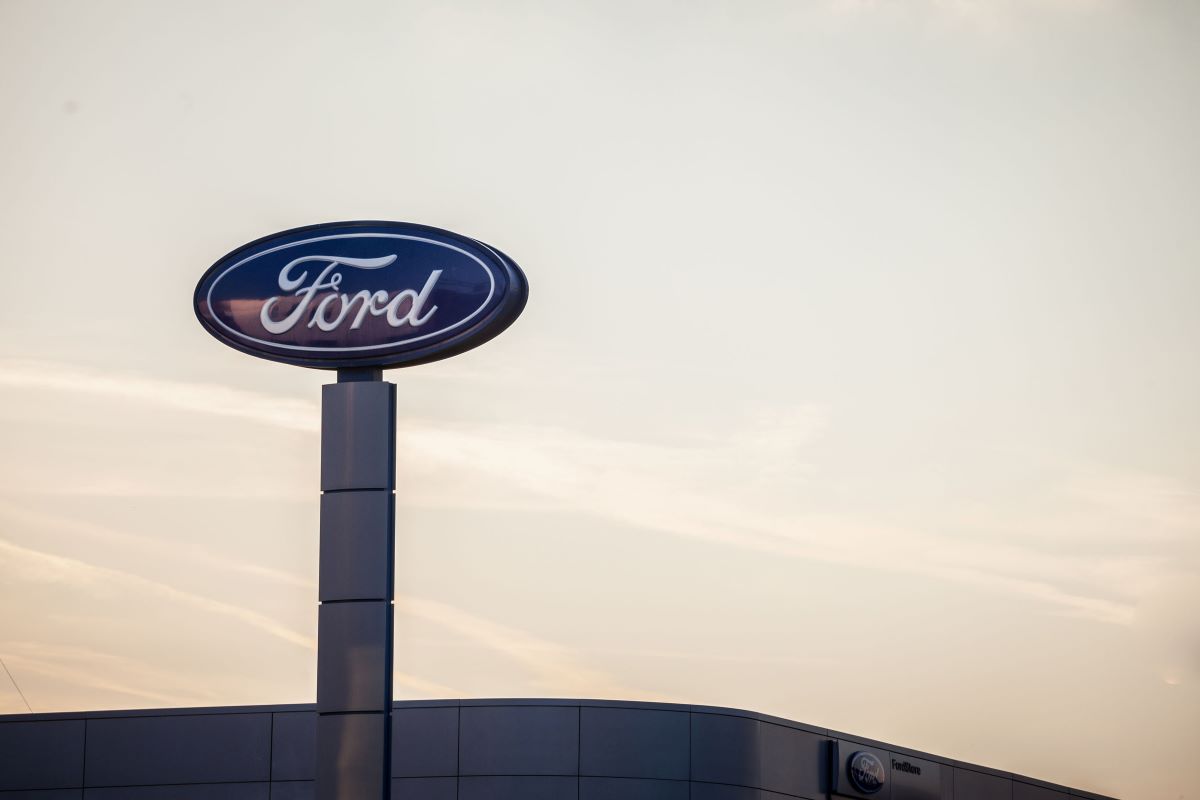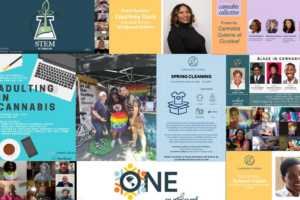Ford’s 12-member team engages staff with multi-pronged approach
The employee communications team at Ford reached out to hundreds of thousands of employees and retirees with a ‘hive’ approach.

The COVID-19 pandemic and quarantine fundamentally transformed how businesses communicate with employees.
Ford Motor Company’s 12-member employee communications team, responsible for all communications that reach Ford’s 187,000 employees globally, had to quickly pivot to address emerging employee and business needs resulting from the pandemic.
A hive approach
The team functions like a hive, holding regular communications, daily meetings, cross-functional planning and calls to ensure alignment around priorities.
They regularly juggle several strategic goals:
- Supporting the strategic objectives of the company.
- Listening and responding to employee input through Q&As, online chats, pulse surveys and data
analysis. - Addressing unexpected needs as they arise.
- Evolving the overall employee experience working at Ford.
- Building a coalition of brand ambassadors.
A wide variety of responsibilities
Regular “Think” sessions quickly engage cross-functional teams to tackle priority items throughout the year.
The “Think” team meets weekly and maintains a speedy pace to ensure employee experience is evolving quickly to meet employee expectations and preferences for how information is delivered.
Beyond these duties, the team determines messages for leadership to deliver during the weekly Global Team Huddle, and creates all related content, including videos and intranet articles.
The team takes an editorial approach to storytelling and publishing important business and product stories, feature and longer-form content through @FordOnline and the newsletters.
The team also regularly publishes toolkits for leaders and managers to support skip-level meetings and an active cascade of information, and curates a daily news feed for employees through the app called @BlueOvalNow, as well as the @FordOnline intranet site.
It constantly refreshes the messages employees see on digital signage screens throughout Ford’s offices and manufacturing plants.
Engagement is up
Employee engagement data continues to show that publishing “need to know” information has been crucial to delivering a positive employee experience at Ford.
Throughout 2020, and particularly as COVID-19 created new challenges for delivering communications to employees—and created an opportunity to elevate trust with employees—
Ford’s employee communications team emphasized listening and facilitated a two-way dialogue between executives delivering critical updates and messages to employees who regularly voiced their needs and concerns.
Employees have recognized the efforts to provide them timely and essential information.
Eighty-ninepercent say virus-related communications from Ford have been helpful. Employees have also recognized the efforts by executives, with 77% satisfied with the information they receive regarding the state of the company by senior leaders.
Mobile app delivers
Registered users of the @BlueOvalNow mobile app North America went from 23,000 to 44,000 between February and October 2020.
The app now has more than 54,000 users across the globe. In addition, @FordOnline saw a significant spike in traffic mid-March through the summer as the employee communications team published information relevant to employee safety and well-being.
Engagement numbers ranged from 20,000 page views to 176,660 page views of the Coronavirus Archives page.
The site averages more than 1 million views each week. BlueOvalConnect, a weekly e-newsletter, keeps the company’s retiree audience educated on the latest Ford information and product news, as well as keeping alumni engaged as ambassadors.
More than 22,000 alumni have opted into receiving the e-publication post retirement. The Virtual Global Team Huddle, a weekly virtual town hall, provided a clear channel for executive leadership, to directly address COVID management, along with business strategy and product news.
The number of live viewers per huddle was, on average, about 20,000 global attendees between March and October, with a peak viewership of almost 31,000, compared to the average 5,000 to 8,000 employees globally who attended the huddle prior to the pandemic.
This story appears in Ragan’s Top Case Studies in Employee Communications and Culture guidebook, which you can access here.






